Yvonne Mottet is a French painter born on January 6, 1906 in Lyon. She moved to Paris at the end of her secondary studies and took classes with François Desnoyer. In 1927 Yvonne Mottet entered the drawing workshop (located rue Tourlaque) which was founded by Soieries Ducharne and which is seen as a real place of learning and creation. The famous art critic Jean-Paul Crespelle places the personality of Yvonne Mottet in this context: It is certain that this slim and distinguished woman is a strong personality, the strongest in painting since Suzanne Valadon. She met Bernard Lorjou with whom she moved to 61 rue Damrémont square Carpeaux then in 1934 to 19 rue du Mont-Cenis. Yvonne Mottet loves well-structured drawing and high color as much as Lorjou, hence the feeling of balance and contained force that emerges from her figures, her nudes, her landscapes and her sumptuous paste still lifes. , whose high octave is not devoid of exquisitely refined modulations. Better than Lorjou, it seems that she kept in her eye the shimmer of the silks of which she made models for twenty years. What characterizes its palette is a sometimes acidic freshness, where strawberry roses provide a counterpoint to Veronese greens; hence a great impression of youth and vigor. Yvonne Mottet is thus similar to the greatest colorists such as Matisse, Dufy, Bonnard, but her very expressionist drawing essence gives her painting a completely different meaning: it is not only a question of pleasing, but also of moving and, sometimes even hitting. When the Great Depression in France led Soieries Ducharne to close their design workshop in 1930, Yvonne Mottet and Bernard Lorjou continued independently their creations for haute couture, with unexpected success: their fabrics reproduced throughout the world dressed the Duchess of Windsor, Jeanne Aubert, Marlene Dietrich and Dolores del Rio. Manufacturers came from London, New York, Budapest and Tokyo to buy fabric designs from them. This reputation allowed the couple to paint in peace. In 1931, Yvonne Mottet made a trip to Spain with Bernard Lorjou (accompanied by a brief extension to Morocco) where they were commonly dazzled by the paintings of El Greco in Toledo, and of Velázquez and Goya at the Prado Museum in Madrid. After the Second World War, she was, alongside Bernard Lorjou, a committed actress in the Manifesto of the Witness Man which, around the art critic Jean Bouret, advocated a return to realism against the trends of contemporary art. , particularly against abstract art. She participated in this way on June 21, 1948 at the Galerie du Bac in the exhibition "L'homme vivant" with Bernard Lorjou, Paul Rebeyrolle, Gaston Sébire, Michel Thompson and Michel de Gallard, and formed with them Groupe de "l 'witness man', joined in 1949 by Bernard Buffet, André Minaux and Simone Dat to soon found the Young Painting movement. Selected for the Critics' Prize in 1948, the Prize was awarded to her in 1953. Yvonne Mottet's first meeting with the art dealer Georges Wildenstein dates from 1953. 1955 was the year in which her painting became liberated: drawing, always present in the frame, fades in favor of color. Yvonne Mottet justifies herself “it is not true that drawing is the support for color. The color at its maximum no longer has any apparent design. The drawing can be color; color is always drawing.” Alongside painting, she worked on lithography with Fernand Mourlot. Yvonne Mottet was only 62 years old when in 1968, after two major trips (New York and Japan) and a final vacation in Majorca (since 1964 she regularly returned to paint in Pollença), she died of leukemia. “His name will remain, and will remain with yours,” wrote their friend Bernard Buffet to Lorjou. She rests in Saint-Denis-sur-Loire where a street today bears her name. Bernard Lorjou said of her “In the exercise of our art, she was always far ahead of us all”. By representing Yvonne's face in her last work, the large stained glass window in the chapel of the Maison Charles de Blois, who was her companion for forty years, will dedicate a final tribute to her. As Madeleine Siériès and Jan Laurens Siesling wrote, “here he entrusts it to God, to posterity”




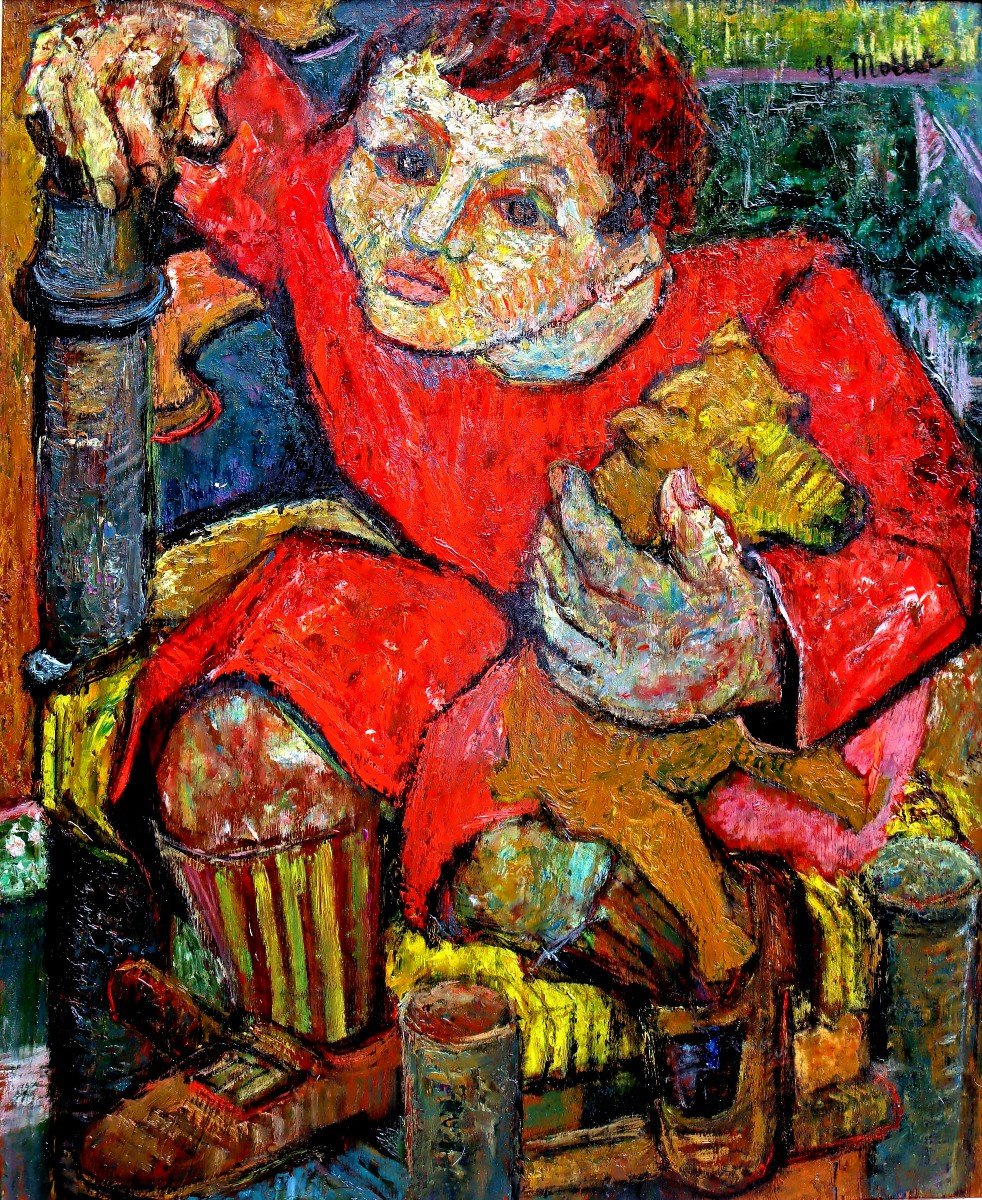
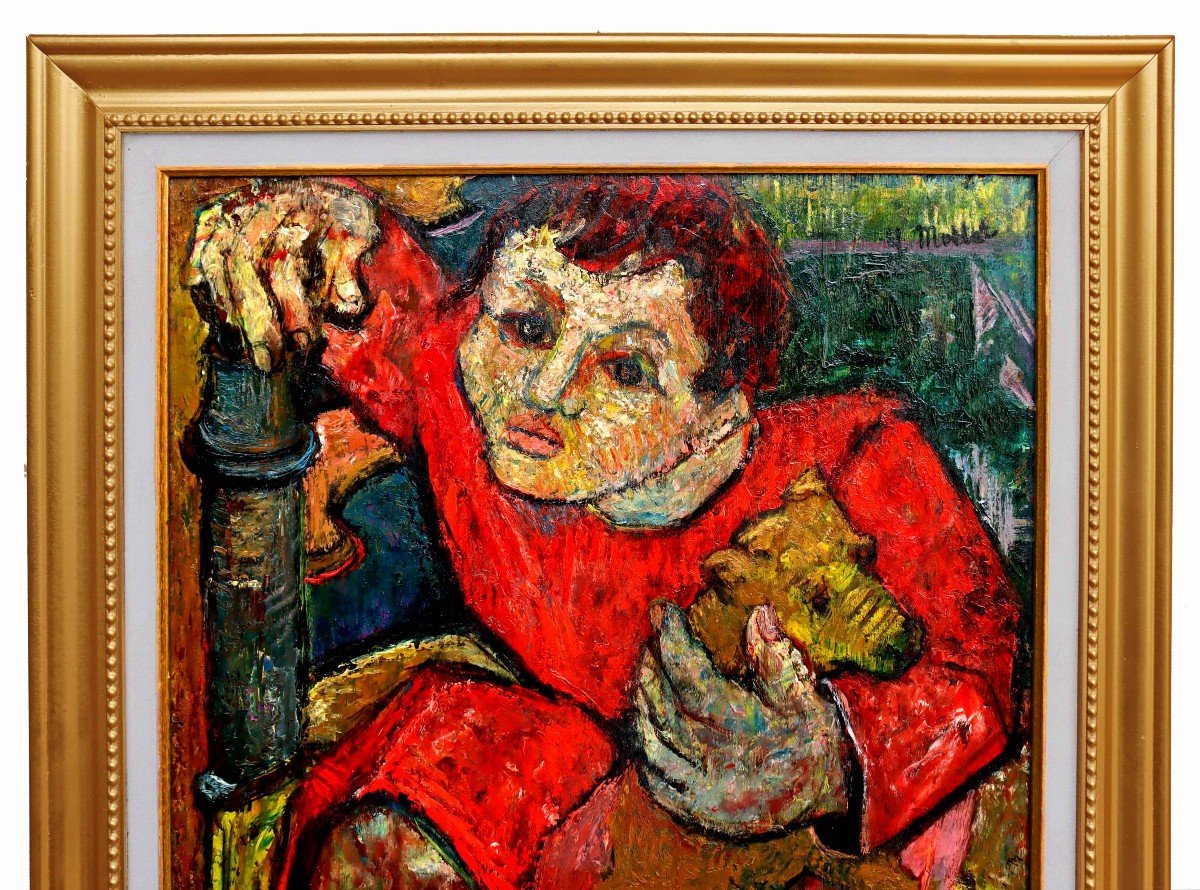
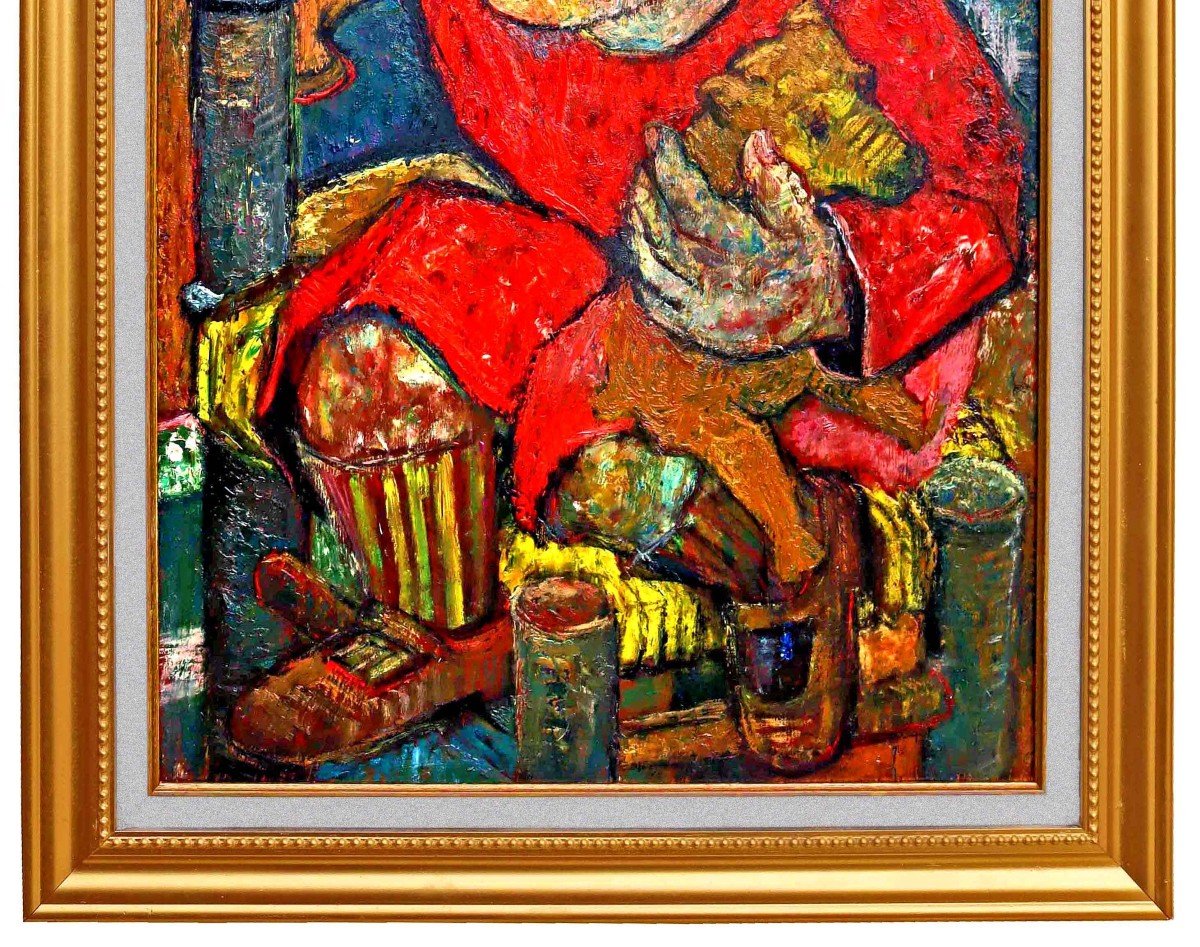
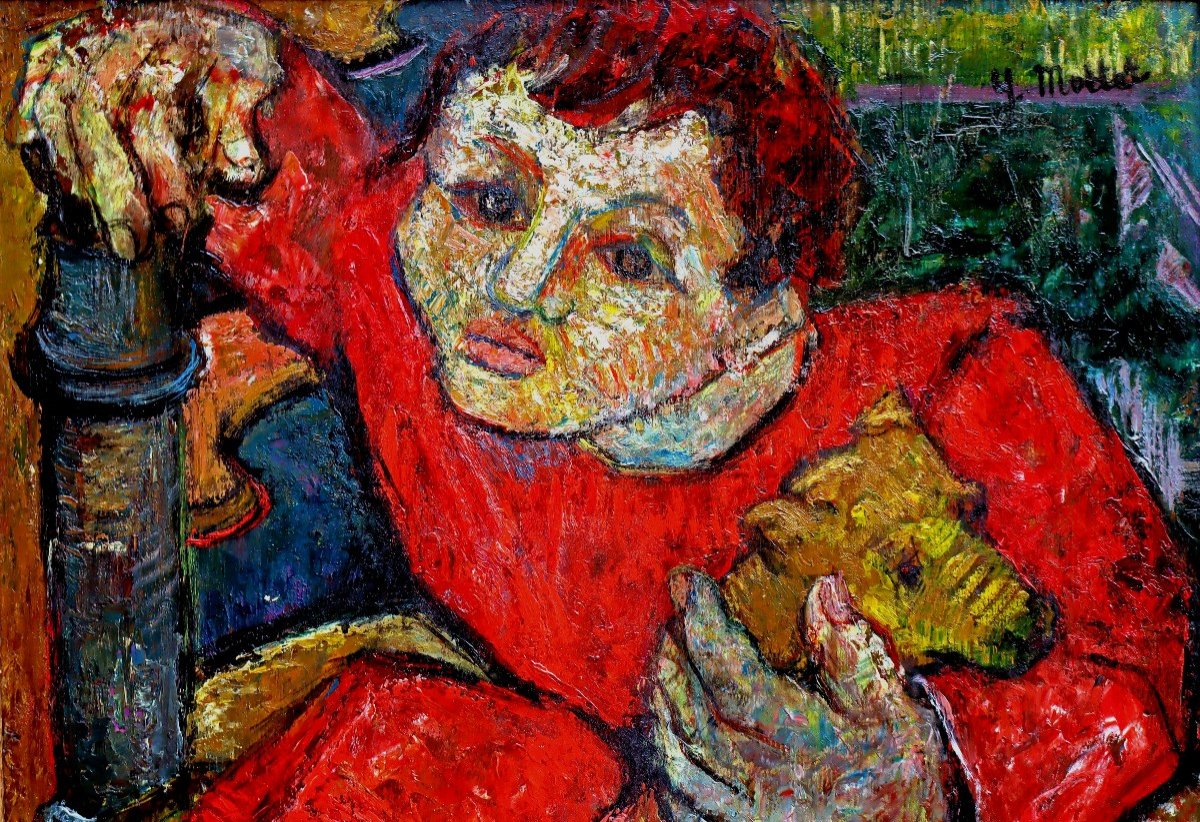
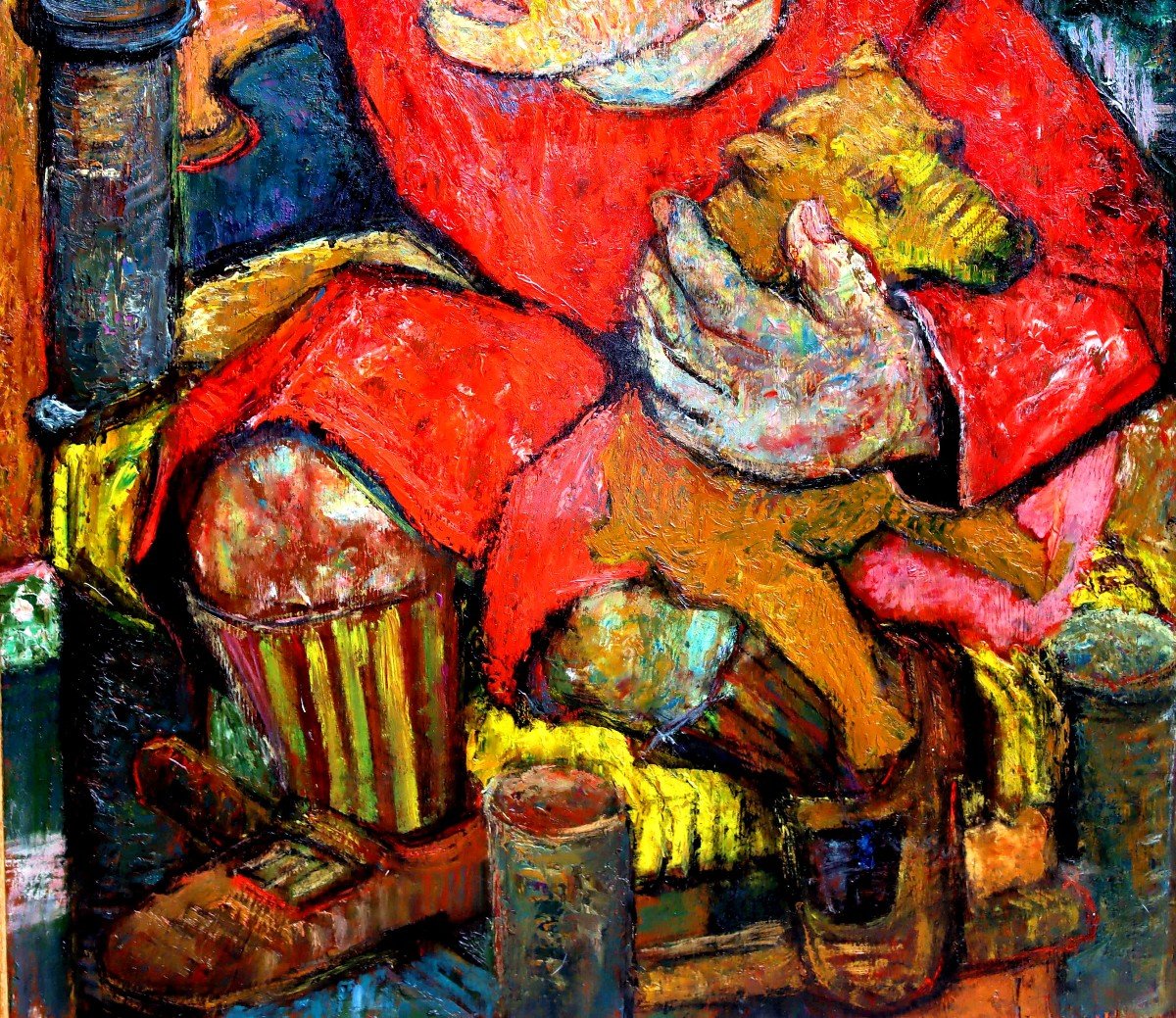
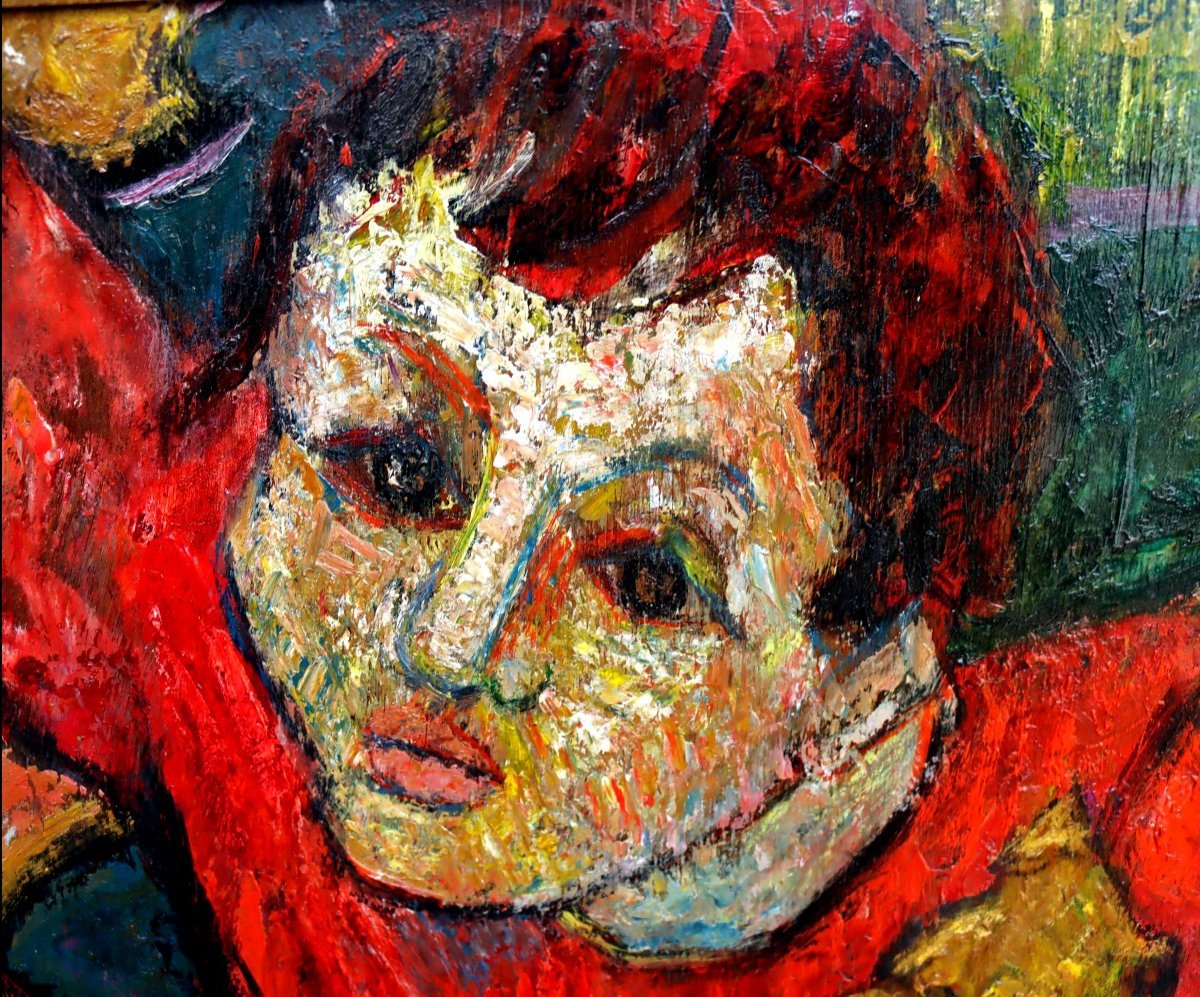
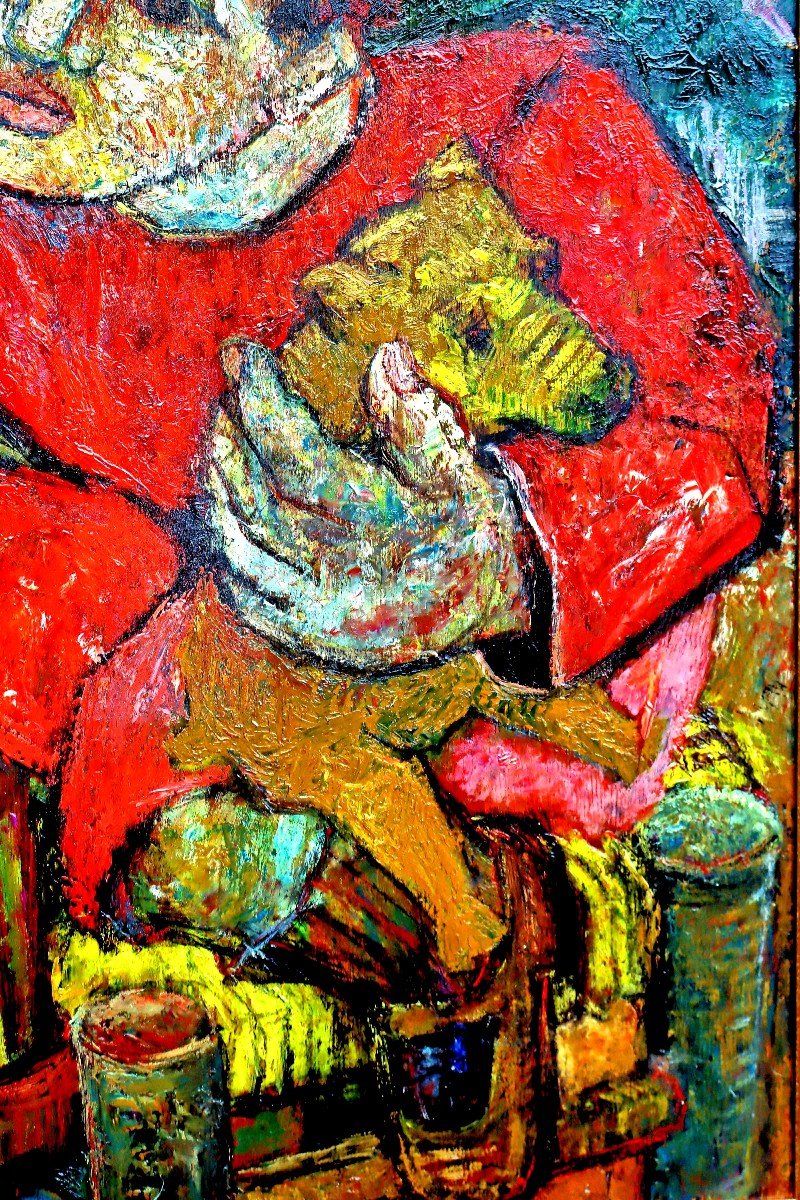
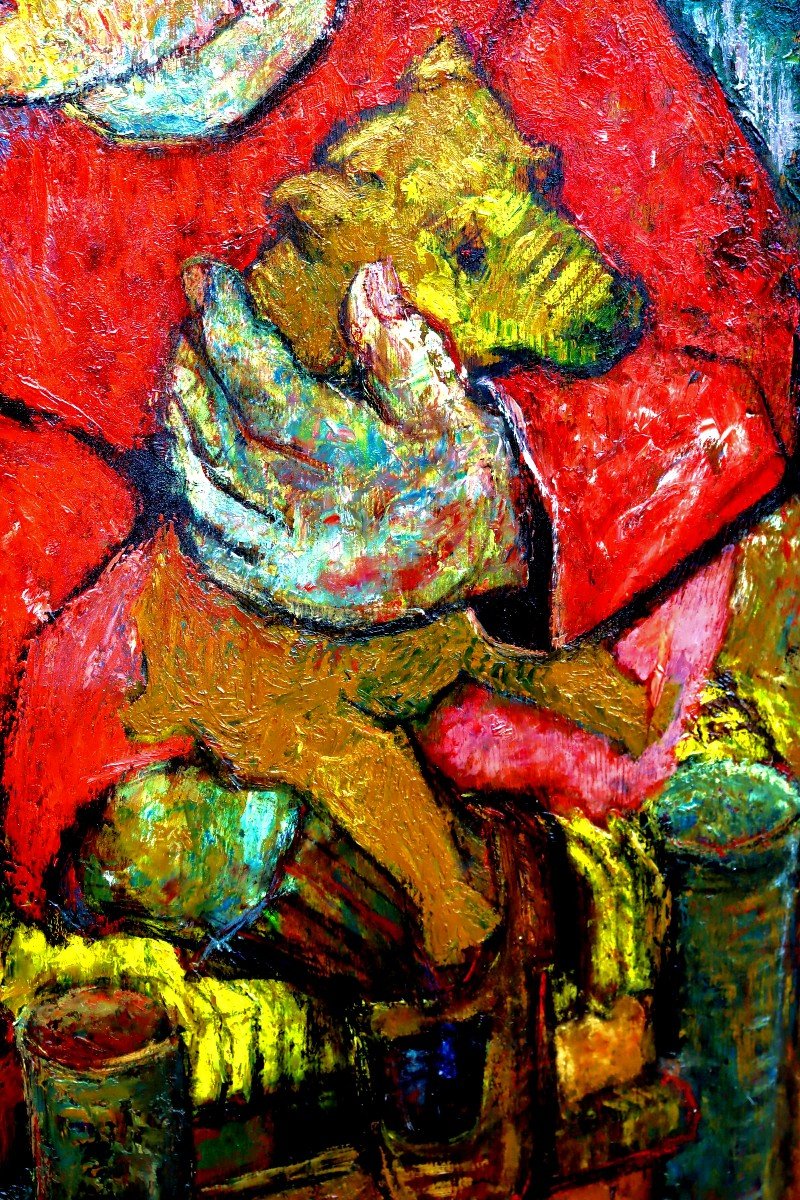
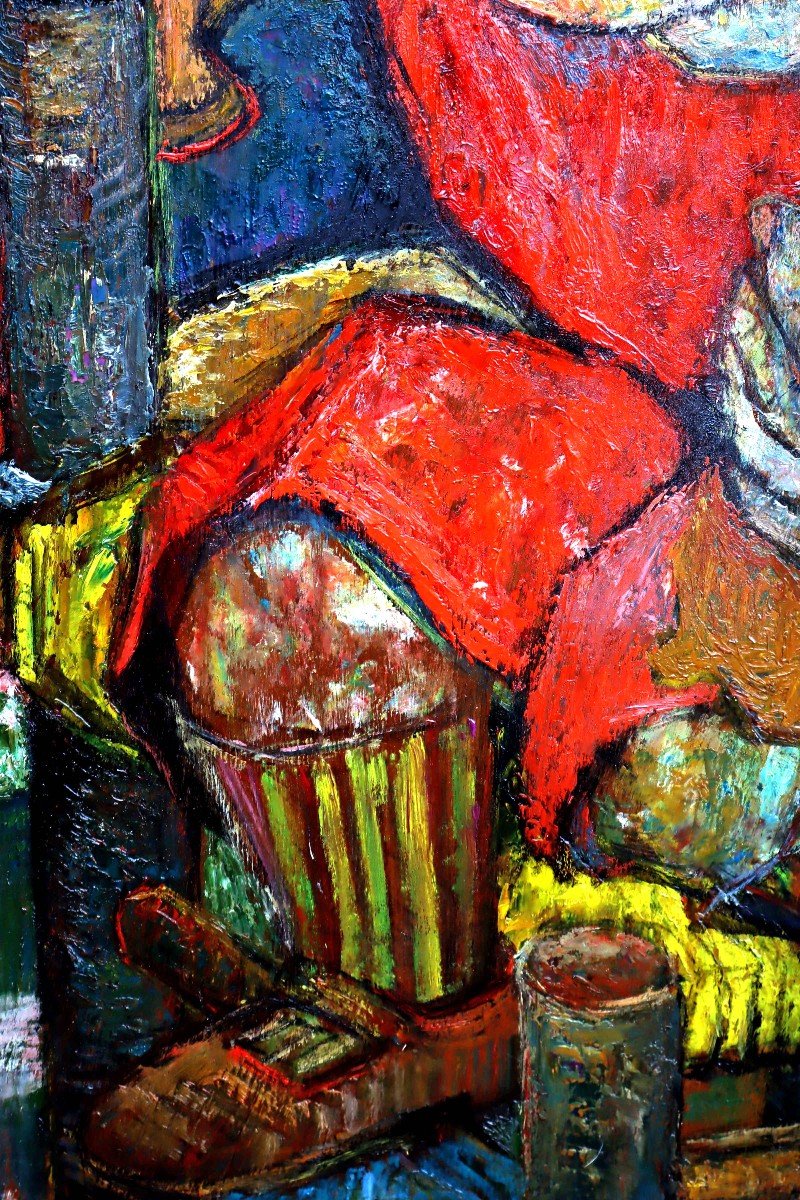

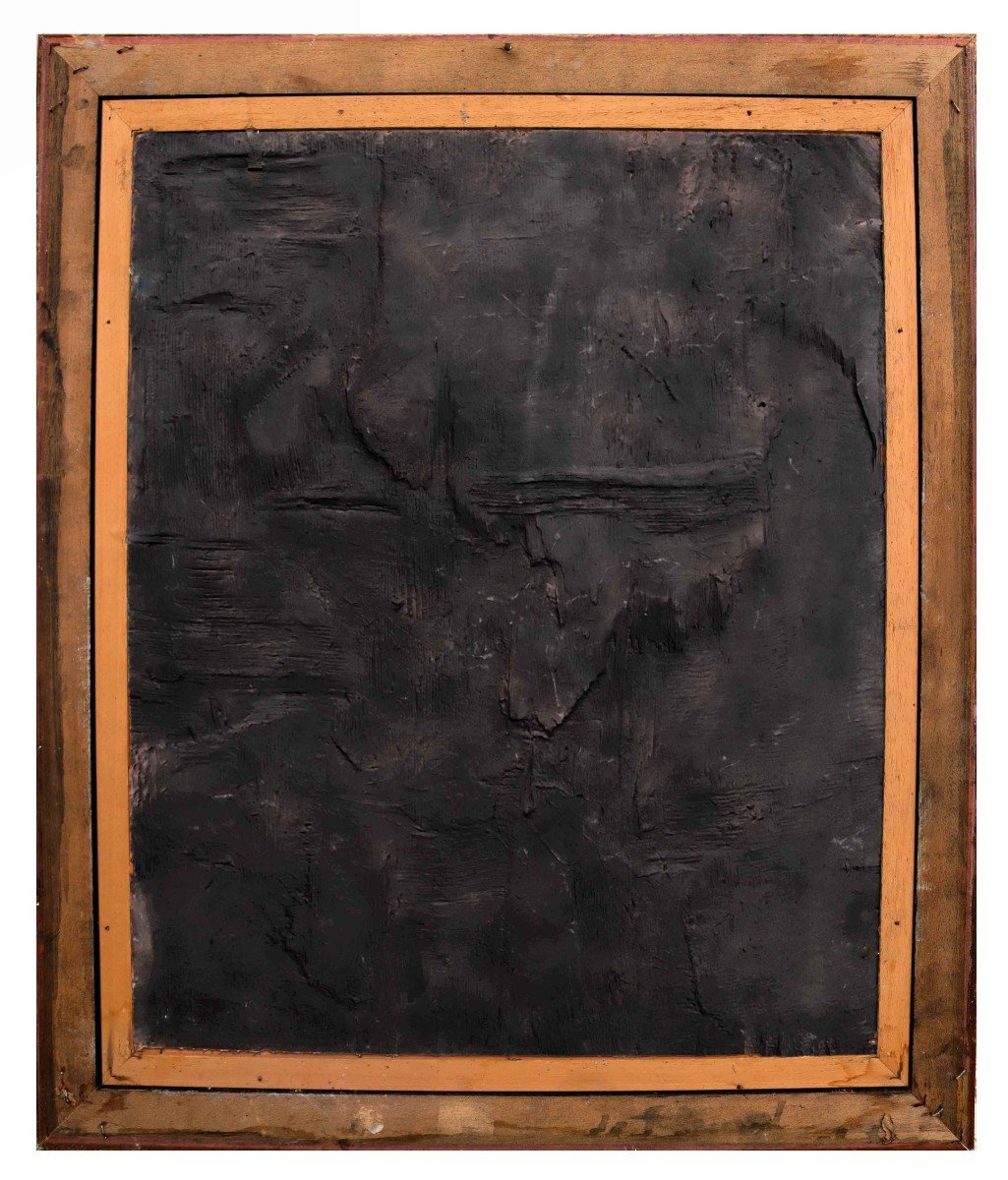



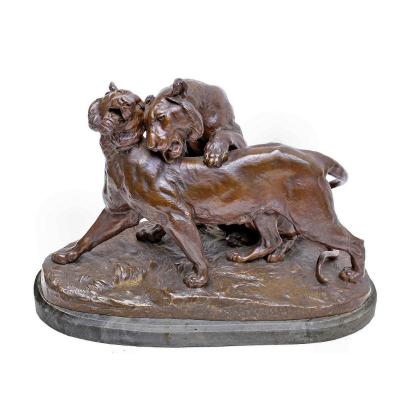


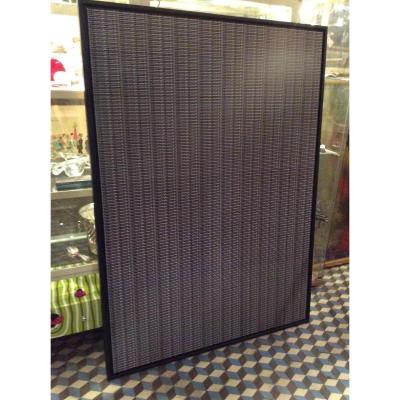


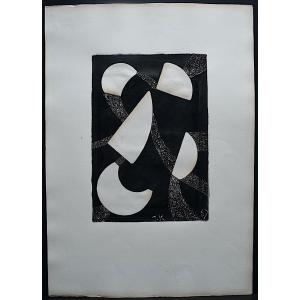

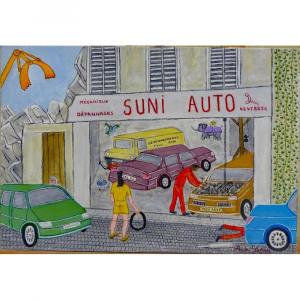



 Le Magazine de PROANTIC
Le Magazine de PROANTIC TRÉSORS Magazine
TRÉSORS Magazine Rivista Artiquariato
Rivista Artiquariato
